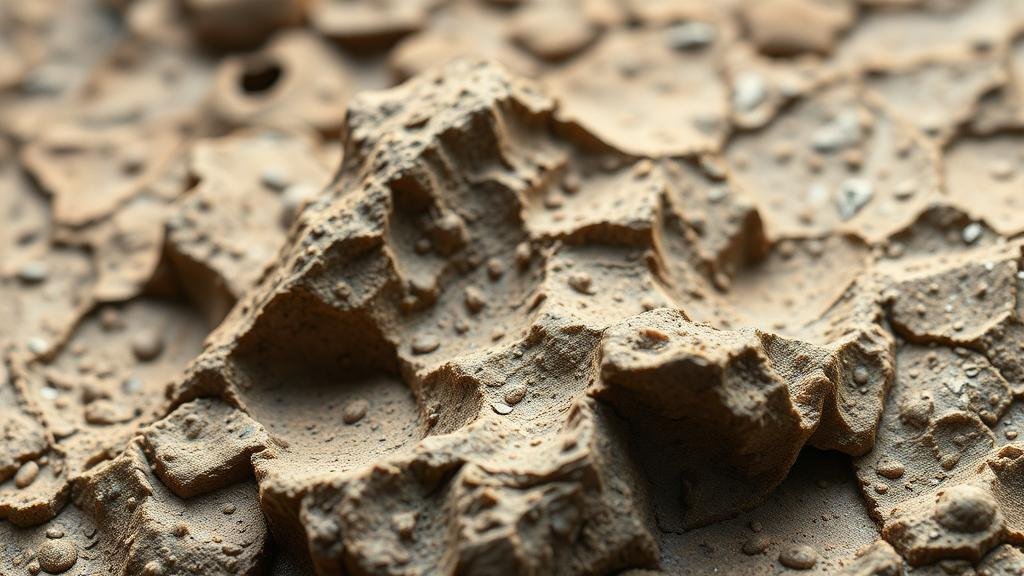Training AI Models to Detect Fossil Patterns in Prehistoric Sedimentary Data
Training AI Models to Detect Fossil Patterns in Prehistoric Sedimentary Data
Artificial Intelligence (AI) is transforming numerous fields, including paleontology, by enabling researchers to analyze large datasets more efficiently and accurately. The detection of fossil patterns in prehistoric sedimentary data is critical for reconstructing ancient ecosystems and understanding evolutionary processes. This article explores the methodologies for training AI models specifically designed for this purpose, encompassing data acquisition, model selection, training methodologies, and the implications for future research.
Data Acquisition and Preparation
The foundation of any AI model lies in the data it is trained on. In the context of paleontology, relevant data includes sedimentary rock samples, fossil records, and geological maps. Key datasets may involve:
- The Global Paleobiology Database (GPD), which contains information about fossil occurrences globally.
- Geological surveys like the USGS National Geological Map Database providing information about sedimentary formations.
Data preparation involves several stages, including collection, cleaning, and annotation. For example, sedimentological data from the Late Cretaceous period (approximately 100 million years ago) may need to be curated to ensure that it encompasses various stratigraphic layers and fossil types. Plus, annotations must be accurately labeled by experts to ensure that AI models can recognize and learn from fossil patterns effectively.
Model Selection
Choosing the right AI model is crucial for effective pattern detection. Various machine learning algorithms can be utilized, including:
- Convolutional Neural Networks (CNNs) for image-based data.
- Random Forest and Gradient Boosting Machines for structured data.
For example, research conducted by Gupta et al. (2021) applied CNNs to analyze aerial images of sedimentary basins, achieving an accuracy rate of 85% in identifying fossil-rich areas. In contrast, traditional methods may yield significantly lower accuracy due to human error and limitations in processing large datasets.
Training Methodologies
Once a model is selected, the next step is training it on the prepared dataset. Training typically involves the following key steps:
- Splitting the dataset into training, validation, and test sets to ensure robust model evaluation.
- Useing techniques such as data augmentation to address class imbalance and enhance model generalization.
A study by Zhao et al. (2022) illustrates the effectiveness of using transfer learning with pre-trained models on fossil image datasets, which resulted in a decrease in training time by 60% while improving detection accuracy.
Real-World Applications
AI-driven detection of fossil patterns holds substantial promise for various applications:
- Expedited Research: By automating the detection of fossil patterns, researchers can focus their efforts on interpreting findings rather than spending excessive time on data sorting, greatly accelerating research timelines.
- Enhanced Discoveries: Machine learning can facilitate the discovery of previously overlooked fossil patterns, as demonstrated by an AI model developed at Stanford that identified unique trace fossils within sediment cores in the Morrison Formation (Jurassic, approximately 150 million years ago).
Challenges and Future Directions
Despite the potential of AI in fossil analysis, several challenges need to be addressed:
- Data Quality: The effectiveness of AI models is heavily dependent on the quality of input data. Ensuring that data is comprehensive and accurate is vital.
- Interpretability: Many AI models, particularly deep learning algorithms, function as black boxes, making it challenging for paleontologists to understand how models reach conclusions.
Going forward, interdisciplinary collaboration between paleontologists and data scientists will be essential in developing more refined models. There is also a growing need for platforms that facilitate knowledge sharing and provide access to high-quality datasets across the globe.
Conclusion
Training AI models to detect fossil patterns in prehistoric sedimentary data is a pioneering field that showcases the convergence of technology and scientific inquiry. While challenges exist, the potential benefits for paleontological research are significant, paving the way for enhanced discoveries and a deeper understanding of Earths biological history. Continued investment in this domain will not only refine methodologies but also open new avenues for research in prehistoric ecology and evolution.
Actionable Takeaway: For researchers interested in integrating AI into their paleontological studies, starting with existing datasets, exploring various AI methodologies, and collaborating with tech experts will be critical steps in leveraging this powerful tool effectively.



